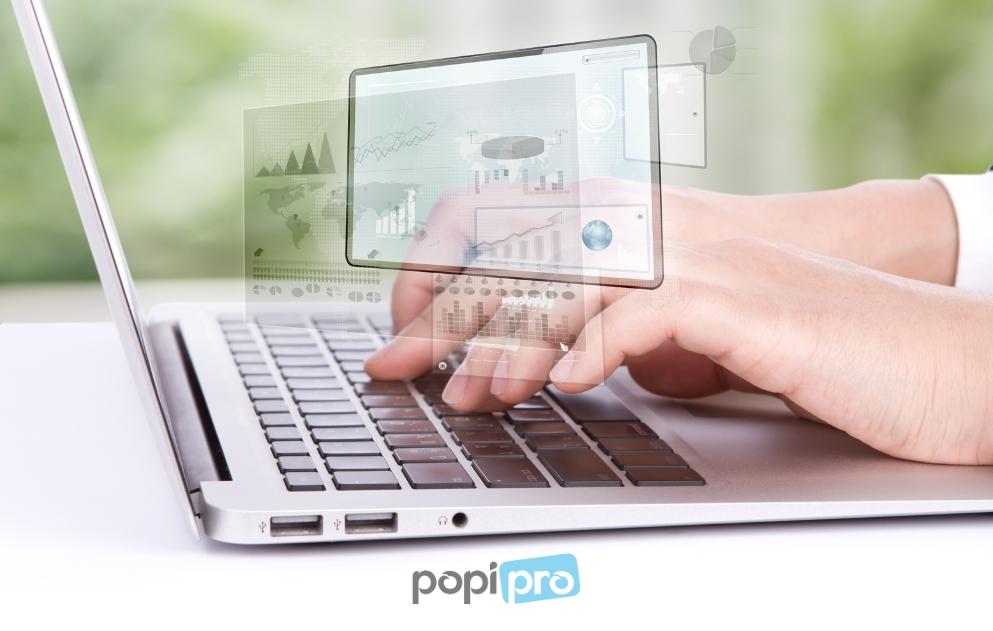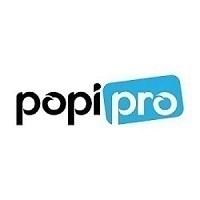Notifications

8 minutes, 6 seconds
-31 Views 0 Comments 0 Likes 0 Reviews

In the fast-paced, connection-driven digital age, networking isn’t just about who you meet—it’s about how effectively you follow up, measure, and optimize your interactions. Enter digital card analytics—the game-changing feature redefining modern networking. Gone are the days when you handed out a business card and hoped it wouldn’t get lost or tossed. Now, digital business cards powered by intelligent analytics give you insights into who engaged, when, and how.
Whether you’re an entrepreneur, recruiter, freelancer, or a sales professional, data-backed networking is the new standard. If you’re still networking blindly, it’s time to tap into smarter strategies using real-time stats, engagement tracking, and contact tracking to convert every introduction into an opportunity.
At its core, digital card analytics provide actionable insights into how recipients interact with your digital business card. From tracking how many times your card is viewed, to which links are clicked, and what content captures attention, these analytics help you measure the effectiveness of your outreach.
Much like a website uses Google Analytics to understand visitor behavior, digital card platforms now offer built-in metrics that allow you to:
Monitor real-time stats on who opened your card
Track how often your contact information was saved
Measure clicks on social media links, websites, and call-to-actions
Analyze location, time, and device used for engagement
These insights empower you to see beyond just “delivered” and truly understand how well your card is performing.
The biggest advantage of networking with digital cards is that they’re not just static tools—they’re dynamic, interactive, and measurable. Here’s why digital card analytics matter more than ever:
Understanding engagement levels means knowing which aspects of your profile resonate with others. Are people clicking your portfolio? Are they skipping your LinkedIn? These answers help you fine-tune your content and layout for better performance.
When you can see who opened your card and when, you’re empowered to follow up with precision. For example, if a lead opens your digital card right after a conference, you can time your outreach perfectly while their memory is fresh.
With repeated use, digital card analytics reveal patterns. You may discover that cards shared via LinkedIn get more clicks than those shared at trade shows—or that mobile users click your calendar link more than desktop users. This kind of insight allows you to refine your messaging and delivery methods over time.
Let’s say you’re a startup founder attending a pitch event. You distribute your digital card to 30 investors. With real-time stats, you get immediate feedback:
15 investors viewed your card within 2 hours
8 clicked your website
4 downloaded your pitch deck
1 booked a meeting via your scheduling link
That’s not just data—that’s direction. Rather than guessing who to reach out to, you now have a priority list backed by actual behavior. This proactive approach helps you build stronger relationships and close more deals.
Beyond engagement data, contact tracking adds another layer of insight. When someone views your card and submits their info—whether it’s saving your number, filling out a form, or messaging you directly—you’ve just unlocked a high-value connection.
Contact tracking can also help you:
Segment contacts by interest or action
Track which events or contexts yielded the best results
Maintain a CRM-ready list of engaged leads
Personalize follow-ups with context (e.g., “I noticed you viewed my card and checked out my portfolio—let’s chat!”)
Smart contact tracking transforms every digital interaction into a potential business conversation.
Digital cards with built-in analytics are changing the game across multiple sectors:
Sales professionals use them to track lead quality and pitch success.
Recruiters analyze how often candidates click on job listings or company links.
Event marketers see which promotional cards drive the most booth traffic.
Freelancers and creatives learn which portfolio pieces attract client interest.
Regardless of your industry, digital card analytics give you the data you need to make better decisions—and make them faster.
If you’re using a digital business card but not yet tapping into analytics, here’s how to get started:
Choose an analytics-enabled platform – Look for solutions that offer real-time stats, link tracking, and contact data collection.
Set clear goals – Are you aiming for more website visits, direct calls, or social follows? Let your layout and content reflect that.
Regularly review performance – Use your dashboard to identify what’s working and where you can improve.
Iterate often – Just like A/B testing in marketing, try changing your CTA, card design, or platform to improve results.
Remember: it’s not just about handing off your card—it’s about what happens after the tap.
Networking is no longer a shot in the dark. Thanks to digital card, we now have the tools to network with clarity, precision, and intelligence. Every tap, click, and save tells a story—and those stories are your roadmaps to meaningful, profitable connections.
With engagement insights, real-time stats, and precise contact tracking, digital business cards do more than just introduce you—they help you grow smarter with every connection.
Ready to turn your card into a conversion tool? Start leveraging analytics today and take your networking to the next level—because smarter connections start with smarter tools.

